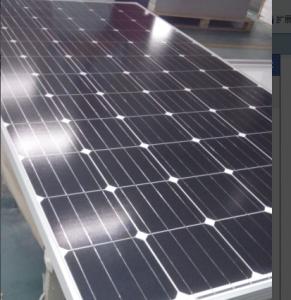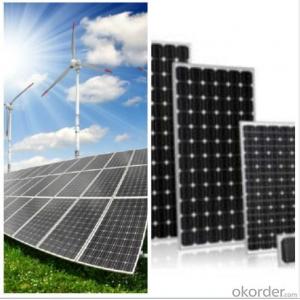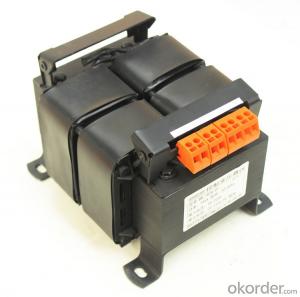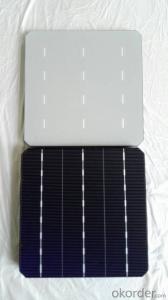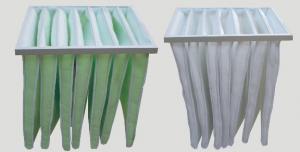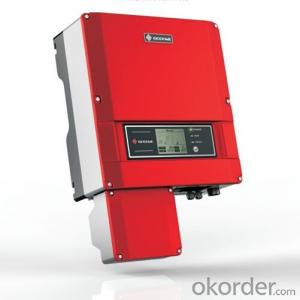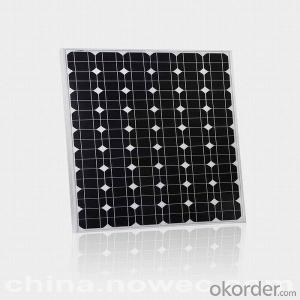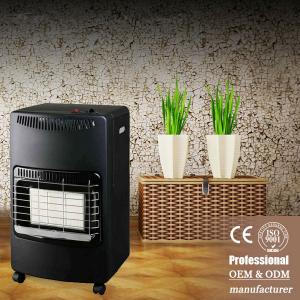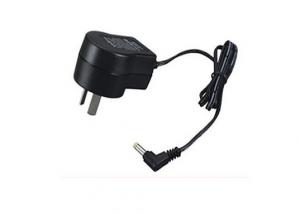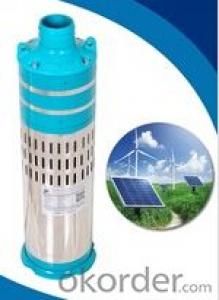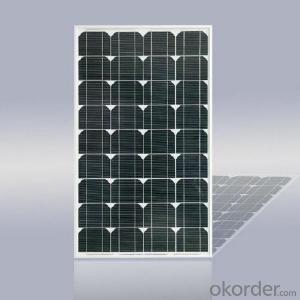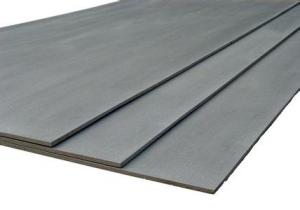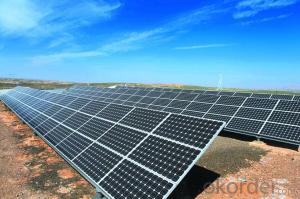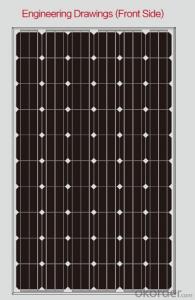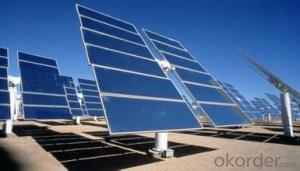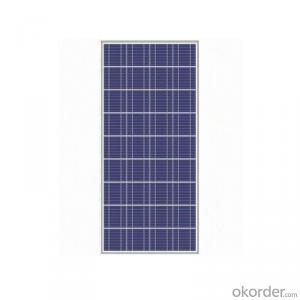High Efficiency Solar Inverter
High Efficiency Solar Inverter Related Searches
High Power Solar Inverter High Frequency Solar Inverter High Voltage Solar Inverter High Quality Solar Inverter Heavy Duty Solar Inverter High Efficiency Solar Cells Hybrid Solar Inverter Quality Solar Inverter Top Solar Inverter Solar Energy Inverter Large Solar Inverter Solar Hybrid Inverter Good Solar Inverter Efficiency Of Solar Inverter Smart Solar Inverter Reliable Solar Inverter Hybrid Inverter Solar Household Solar Inverter Solar Electric Inverter Hybrid Solar Power Inverter Solar Solar Inverter Smart Hybrid Solar Inverter Big Solar Inverter Intelligent Solar Inverter Inverter Hybrid Solar Solar Photovoltaic Inverter Advanced Energy Solar Inverter Smart Inverter Solar Hybrid Solar Inverter System Hybrid Inverter Solar SystemHigh Efficiency Solar Inverter Supplier & Manufacturer from China
High Efficiency Solar Inverters are advanced devices designed to convert solar energy into usable electrical power with maximum efficiency. These inverters play a crucial role in solar power systems, ensuring that the energy harvested from the sun is effectively transformed and utilized. They are essential components in both residential and commercial solar setups, as they help to optimize energy output and reduce energy waste.The High Efficiency Solar Inverter finds its application in various scenarios, such as rooftop solar installations, solar farms, and off-grid power systems. They are particularly useful in areas with high solar irradiance, where the potential for energy generation is maximized. By efficiently converting the direct current (DC) produced by solar panels into alternating current (AC), these inverters enable the seamless integration of solar power into the existing electrical grid or standalone power systems.
Okorder.com is a leading wholesale supplier of High Efficiency Solar Inverters, boasting a vast inventory that caters to the diverse needs of customers worldwide. With a commitment to quality and customer satisfaction, Okorder.com ensures that the inverters they provide meet the highest industry standards and are backed by reliable warranties. This makes them a trusted source for those looking to invest in efficient and reliable solar power solutions.
Hot Products

